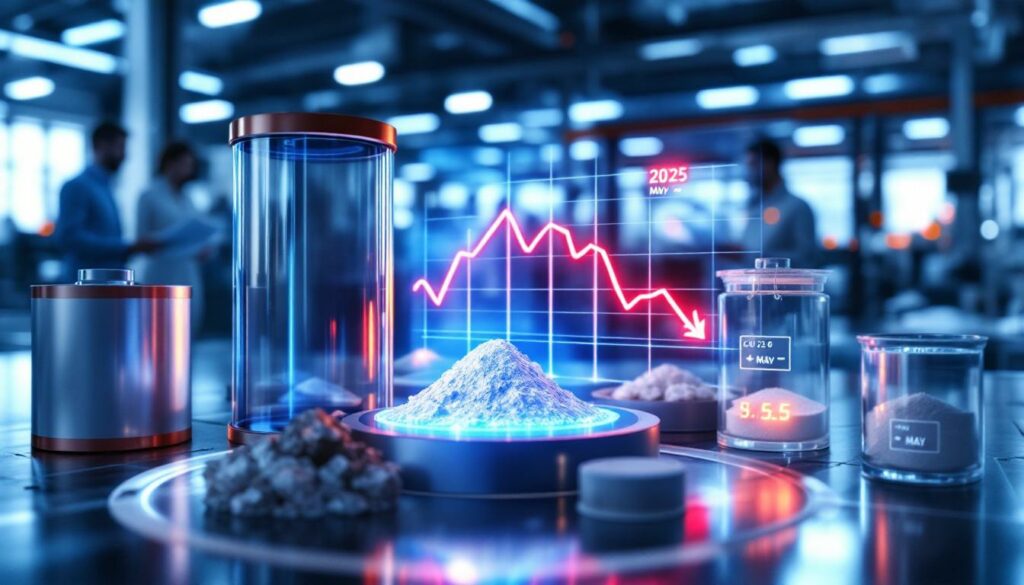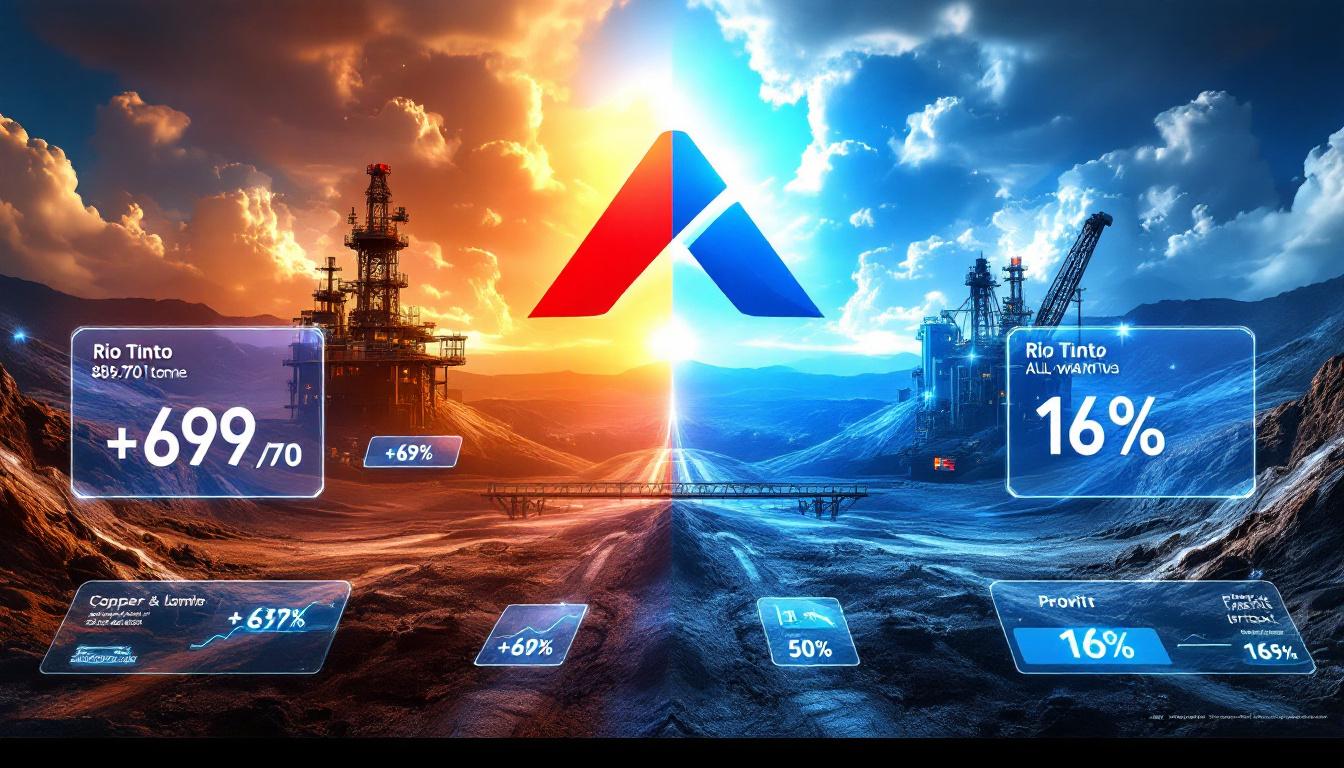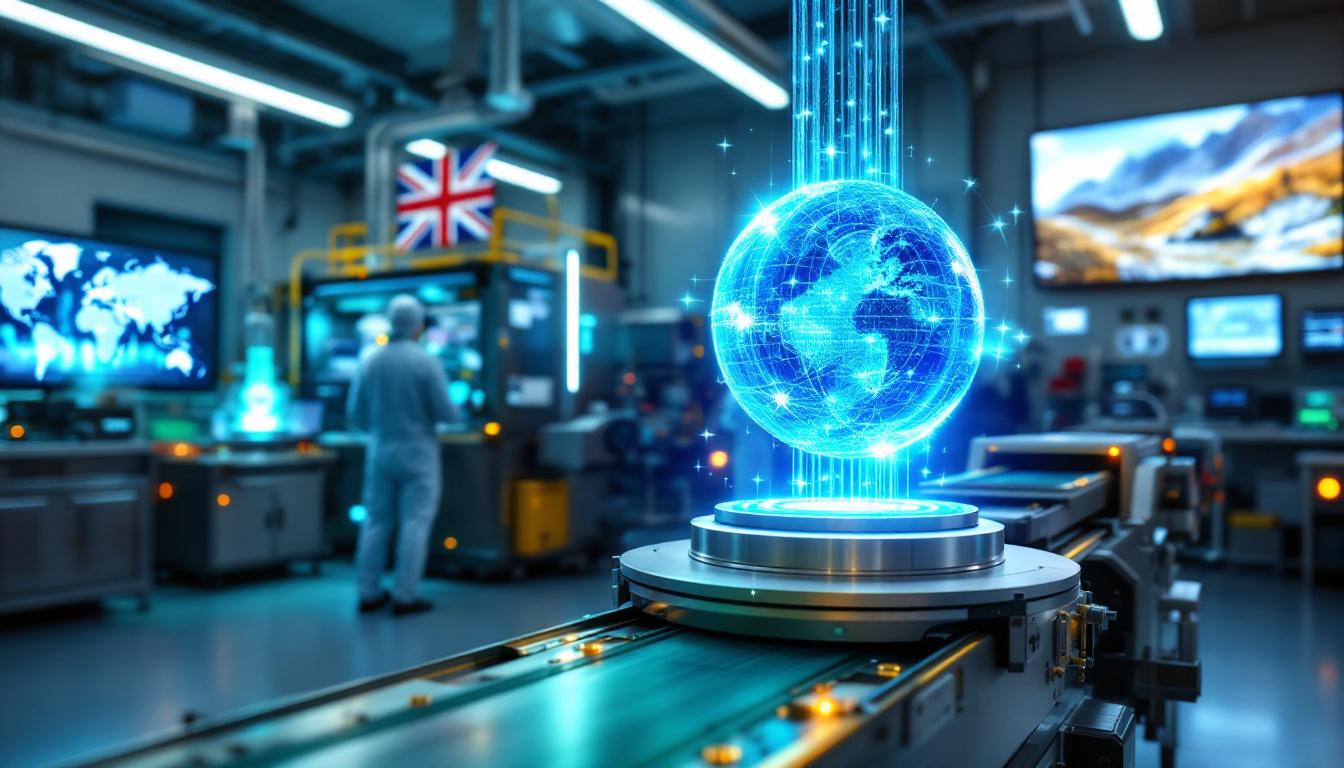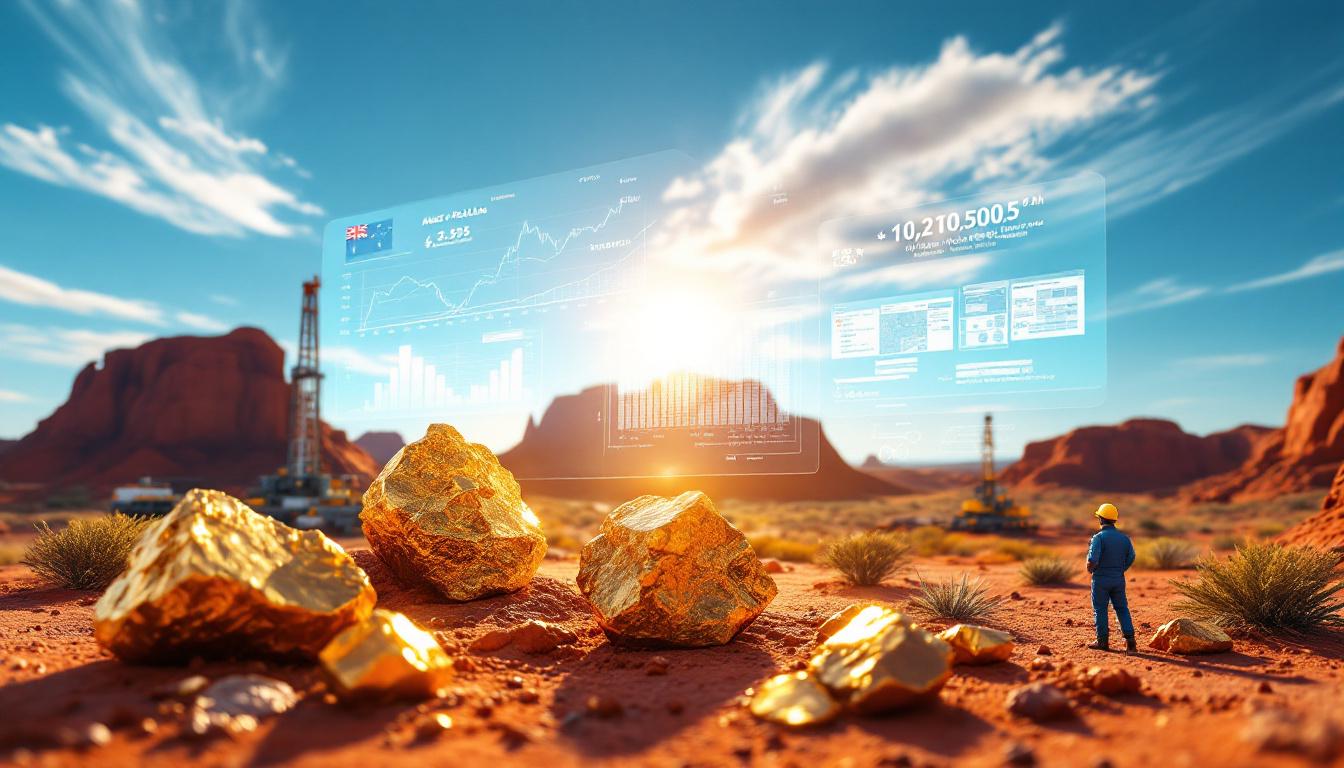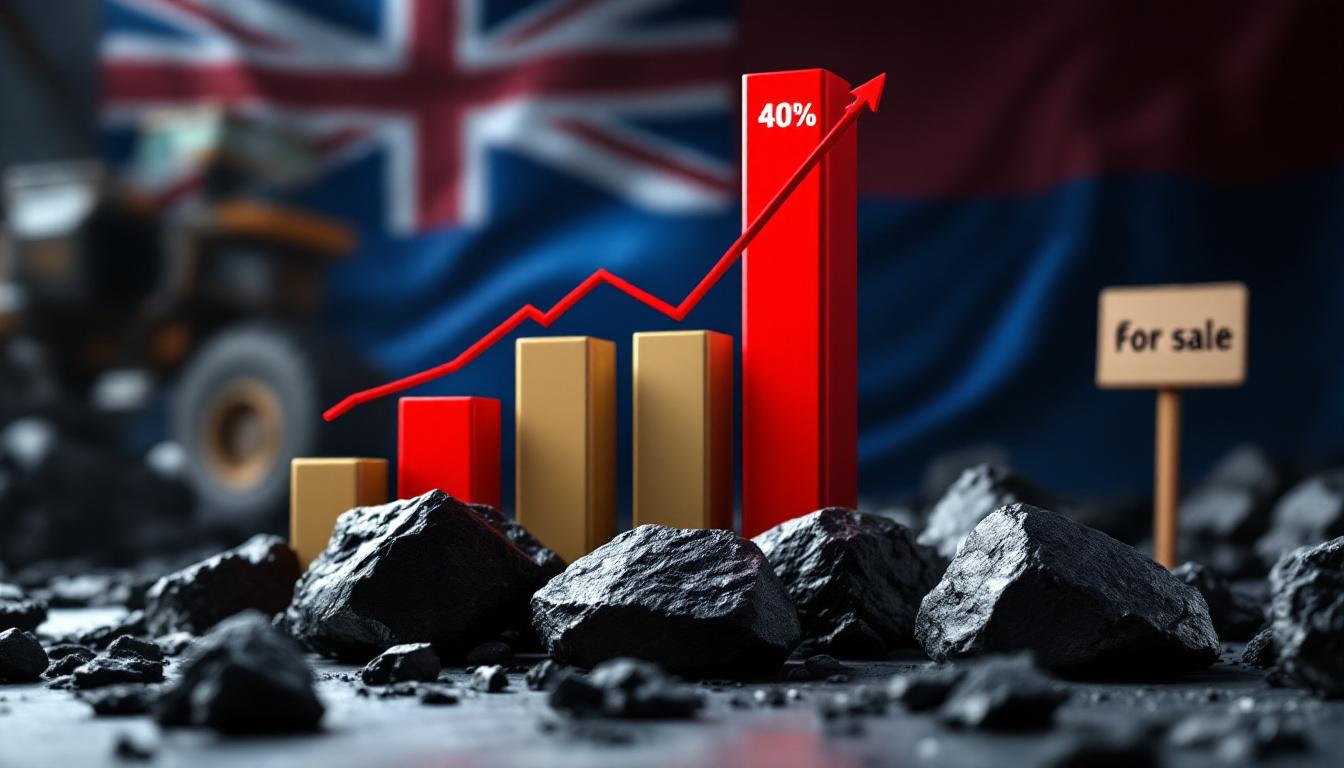What Factors Are Driving LFP Price Movements in 2025?
LFP (lithium iron phosphate) battery prices have been experiencing significant downward pressure in the first half of 2025, driven by a pricing structure that responds to specific market forces. Understanding these dynamics is essential for predicting how prices will move in the latter half of the year.
The pricing of LFP materials is governed by two critical components according to industry analysis: bundled processing fees (which include iron phosphate costs and processing expenses) and lithium carbonate price multiplied by a settlement discount. These components respond differently to market conditions, creating the complex pricing environment we see today.
"LFP prices primarily consist of two components: bundled processing fees, which incorporate raw material iron phosphate costs and processing expenses, and lithium carbonate price multiplied by a settlement discount," notes the SMM New Energy Research Team in their July 2025 market analysis.
How LFP Pricing Structure Works
Industry negotiations for LFP materials typically focus on three key elements:
- Bundled processing fees (referred to as "valuation" by industry insiders)
- Lithium carbonate price calculations
- Commercial terms (payment periods and other conditions)
An important characteristic of this pricing model is that bundled processing fees, once established, generally remain stable throughout monthly or quarterly execution cycles. These fees only fluctuate when unexpected changes occur in the cost of raw materials, particularly iron phosphate.
This stability in processing fees means that LFP price movements primarily mirror fluctuations in lithium carbonate prices, creating a situation where the overall market trend follows lithium pricing momentum with remarkable consistency.
How Have LFP Prices Performed in Early 2025?
Q1-Q2 Price Trajectory Analysis
The first half of 2025 has demonstrated a pronounced downward trend in LFP battery material prices. The decline has been both consistent and significant across each month:
| Month | Price Change | Percentage Decline |
|---|---|---|
| April | Decrease | -2.3% |
| May | Significant decrease | -5.3% (largest monthly drop) |
| June | Continued decrease | -2.7% |
| Total Q1-Q2 Decline | >3,000 yuan/mt | Cumulative decline |
This represents a substantial market correction, with prices falling by over 3,000 yuan/metric ton during this period according to SMM data. May 2025 stands out with the most dramatic single-month decline at 5.3%, signaling an acceleration of the downward trend that began in April.
Lithium Carbonate's Influence on LFP Pricing
The SMM New Energy Research Team notes: "Closely correlated with lithium carbonate prices, LFP prices inevitably followed a sharp downward trajectory during these three months." This correlation has been particularly evident as lithium carbonate prices experienced sustained and significant declines beginning in early April 2025.
By mid-Q2, lithium carbonate prices had fallen below what many market participants considered the "bottom-buying threshold" – a psychological price level that typically indicates maximum bearish sentiment. This rapid descent in lithium carbonate pricing created direct downward pressure on LFP materials throughout the quarter.
What Happened to Processing Fees in Early 2025?
Q1 Processing Fee Increases
Before the downward price trend took hold, most LFP material manufacturers had already finalized their 2025 processing fees. These negotiations, typically completed before March, resulted in overall increases ranging between 500-3,000 yuan/mt compared to previous rates.
"The primary driver was the sharp rise in iron phosphate prices since December 2024," explains the SMM analysis. This upward adjustment in processing fees was necessitated by several factors:
- Significant increases in iron phosphate costs starting in late 2024
- The need to prevent operational losses for LFP material manufacturers
- Supply chain stabilization efforts by downstream battery manufacturers
These processing fee increases provided some margin protection for material producers as raw material costs climbed, but this advantage would prove short-lived.
Q2 Processing Fee Stability
Following the Q1 adjustments, processing fees maintained relative stability throughout the second quarter of 2025. This occurred despite continued efforts by material manufacturers to negotiate further increases.
These negotiation attempts largely failed due to shifting market dynamics:
- Iron phosphate price increases slowed significantly in late April
- Demand growth for iron phosphate decelerated
- Iron phosphate plants began lowering prices to secure orders in a more competitive environment
This stabilization of processing fees meant that the ongoing decline in lithium carbonate prices had an increasingly direct impact on overall LFP pricing, with no offsetting factors to moderate the downward trend.
Why Are Major Battery Manufacturers Launching Tenders for H2 2025?
June 2025 marked a strategic shift when a major battery cell manufacturer initiated tenders for LFP materials covering the second half of the year. This move has revealed several critical market developments and fundamentally altered supply chain dynamics.
Tender Outcomes and Market Implications
The tender results demonstrated clear market direction, with SMM reporting: "Material producers quoting higher prices mostly lost the bids, while successful bidders generally offered lower prices." About four suppliers secured initial tenders (excluding those with established long-term agreements), signaling a more competitive landscape.
This competitive tendering process has produced three significant market implications:
-
Lower processing fees expected for H2: The tender results suggest processing fees will trend lower in the second half of 2025 compared to the first half.
-
Supply chain diversification: Some third- and fourth-tier material producers have successfully entered major manufacturers' supply chains by offering aggressively low pricing.
-
Product tier price compression: Generation 3 product prices are approaching original Generation 2 levels as surplus capacity drives competitive pricing.
Product Generation Price Dynamics
The market is experiencing distinctive competitive dynamics across different product generations:
| Product Generation | Market Dynamics | Pricing Trend | Supply Situation |
|---|---|---|---|
| Generation 2 | Intense competition | Losses due to below-cost sales | Over 30 suppliers; supply far exceeds demand |
| Generation 3 | Increased competition | Approaching Gen 2 pricing levels | Over 25 suppliers; surplus capacity emerging |
| Generation 3.5 | Limited competition | Maintaining price resilience | Approximately 6-7 suppliers |
| Generation 4 | Minimal competition | Strong price stability | Only 2-3 suppliers available |
This tiered market structure reveals how product differentiation directly impacts pricing power. The substantial oversupply in lower-generation products has created a situation where many manufacturers are selling at below cost, while higher-generation products maintain relative price stability due to limited competition.
Will LFP Prices Continue to Fall in H2 2025?
Lithium Carbonate Price Outlook
The trajectory of lithium carbonate prices remains a critical factor for LFP pricing in H2 2025, and current indicators suggest limited potential for a significant rebound:
"The growth rate of overall end-use demand will gradually slow down in H2 2025," notes the SMM analysis. Several key factors are contributing to this uncertain outlook:
- No unexpected increase in demand has materialized to offset supply growth
- Monthly LFP production growth has remained at approximately 5%
- Growth rates are approaching parity with ternary cathode materials
- End-use demand growth is projected to decelerate in the second half
Given these conditions, SMM concludes: "The possibility of an improvement in the supply-demand pattern of lithium carbonate in H2 remains unclear," making it difficult for prices to reverse their downward trend.
Processing Fee Competition Intensifies
The competitive landscape for processing fees has become increasingly challenging as Q2 progressed:
- Price wars are intensifying among material suppliers seeking to maintain market share
- Battery manufacturers are leveraging declining iron phosphate prices to push for cost reductions
- Smaller producers continue using aggressive pricing strategies to secure orders from major manufacturers
This competitive dynamic creates additional downward pressure on LFP prices beyond what lithium carbonate price movements alone would generate.
H2 2025 Market Forecast
Based on current market conditions, LFP prices are likely to:
- Continue operating at low levels throughout H2 2025
- Create financial pressure on material factories with insufficient capital reserves
- Increase market consolidation risk through exits, acquisitions, or transitions to toll processing models
The market appears to be entering a period of rationalization after significant capacity additions, with weaker players facing existential challenges if prices remain depressed for an extended period.
What Are the Implications for Different Market Participants?
For LFP Material Manufacturers
Material manufacturers face a challenging landscape with distinct implications based on their market positioning:
-
Tier differentiation becomes critical: Companies producing higher-tier products (Gen 3.5 and Gen 4) maintain better pricing power and margins due to limited competition, while those focused on Gen 2 and Gen 3 face severe margin pressure.
-
Financial resilience as a competitive advantage: According to SMM analysis, "companies without sufficient funds face the risk of exiting the market, being acquired, or becoming toll processors." This suggests that balance sheet strength will be a key determinant of which companies survive this pricing trough.
-
Consolidation opportunities emerging: The difficult pricing environment creates potential acquisition opportunities for financially stronger players to acquire struggling competitors at favorable valuations.
For Battery Cell Manufacturers
Battery manufacturers find themselves in a strengthened position:
-
Cost advantage opportunities: Lower material costs improve overall competitiveness and potentially expand market opportunities.
-
Supply chain diversification: The entry of smaller material producers creates more supplier options and reduces dependency on any single source.
-
Increased pricing power: The ability to conduct competitive tenders and drive harder bargains with material suppliers strengthens overall negotiating leverage.
Battery manufacturers are using tender processes strategically to discover the lowest market prices and then using this information in negotiations with other suppliers, effectively driving down the overall market price level.
For End Market Applications
While the SMM analysis doesn't explicitly address end-market applications, several implications can be inferred:
-
Potential for lower battery costs: Continued price pressure on LFP materials could accelerate adoption in price-sensitive applications like energy storage and entry-level electric vehicles.
-
Supply stability considerations: Market consolidation might affect long-term supply reliability as weaker players exit.
-
Quality-cost balance: Intense price pressure could potentially impact material quality standards if manufacturers seek to reduce costs through production adjustments.
FAQ: Understanding LFP Price Trends
How do iron phosphate prices affect LFP material costs?
Iron phosphate is a key raw material in LFP production that directly impacts bundled processing fees. When iron phosphate prices rise, as they did in late 2024, material manufacturers must increase processing fees to maintain viable operations.
Conversely, when iron phosphate prices decline, as seen since late April 2025, downstream battery manufacturers gain leverage to negotiate lower processing fees. This creates a direct correlation between iron phosphate market conditions and processing fee levels in the LFP supply chain.
The cyclical nature of iron phosphate pricing has contributed significantly to the overall trajectory of LFP prices throughout 2025, first supporting price increases and then enabling the subsequent decline.
What distinguishes different generations of LFP materials?
Different generations of LFP materials offer varying performance characteristics that justify their price differentiation:
- Generation 2: Standard performance, widely available from numerous suppliers (over 30)
- Generation 3: Improved energy density and performance over Gen 2, with significant supplier availability (over 25)
- Generation 3.5: Further enhanced characteristics with limited supplier availability (6-7 suppliers)
- Generation 4: Highest performance tier with very limited supplier options (2-3 suppliers)
This generational differentiation creates natural price tiers in the market, with higher-generation products maintaining better pricing power due to their enhanced performance characteristics and limited competitive landscape.
How do battery manufacturers' tender processes impact the market?
Tender processes create competitive bidding environments where material suppliers must offer their best pricing to secure large-volume contracts. This mechanism allows battery manufacturers to discover the lowest market prices and use this information in negotiations with other suppliers, effectively driving down the overall market price level.
Recent tender results have demonstrated this effect, with higher-priced quotes mostly losing bids while successful bidders offered more competitive pricing. The tender process also enables battery manufacturers to diversify their supply chains, as evidenced by the entry of third- and fourth-tier producers into major supply relationships through aggressive pricing.
Future Market Indicators to Watch
As the market moves into H2 2025, several key indicators will determine whether LFP prices continue their decline or find a floor:
-
Iron phosphate price movements: Further declines could accelerate LFP price reductions, while stabilization might help establish a pricing floor.
-
End-market demand growth: Any unexpected increases in electric vehicle or energy storage demand could help stabilize lithium carbonate prices.
-
Market consolidation activities: Acquisitions or closures of material manufacturers would signal market rationalization and potentially lead to more balanced supply-demand dynamics.
-
New capacity announcements: Additional supply coming online could further pressure prices, while delays or cancellations might support price stability.
-
Battery manufacturer procurement strategies: Changes in tender frequency, volume, or approach could signal shifting market sentiment.
These indicators will provide early warning signs of whether the current downward price trend will continue throughout H2 2025 or if the market will find equilibrium at new, lower price levels.
Furthermore, the development of new battery recycling breakthrough technologies could also impact the long-term price stability of LFP batteries by affecting raw material supply chains and costs.
Market Outlook Note: The LFP material market appears to be entering a period of rationalization after significant capacity expansion. While this creates challenges for material producers in the near term, it may ultimately lead to a healthier, more sustainable market structure as weaker players exit and stronger companies consolidate their positions.
In addition, recent lithium industry innovations and the establishment of a new battery-grade lithium refinery in India could influence global supply dynamics, while emerging lithium brine market insights from Argentina suggest additional supply sources that may impact the overall commodity prices impact on battery materials in the coming years.
Looking for Early Alerts on the Next Battery Breakthrough?
Discovery Alert's proprietary Discovery IQ model delivers real-time notifications on significant ASX mineral discoveries, including lithium and battery metals, helping investors capitalise on potential market movements before mainstream coverage. Explore historic returns from major discoveries at https://discoveryalert.com.au/discoveries/ and position yourself ahead of the market.
